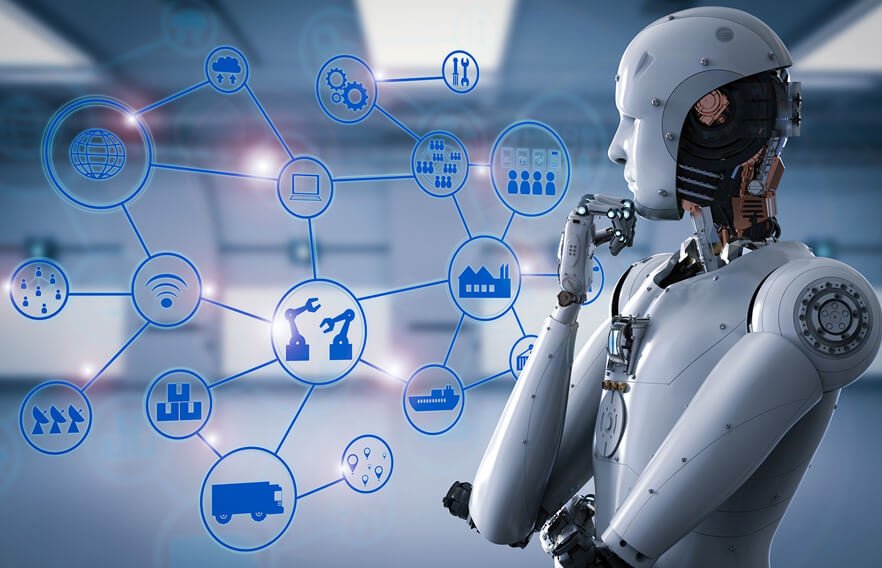Humanoids, in the realm of science and technology, represent a fascinating fusion of human-like appearance and advanced robotics. These humanoid robots have ignited both curiosity and concerns about their role in the future of humanity. Are they a threat to the human race, or do they hold the potential to reshape the way we live and work? In this article, we delve into the world of humanoids to explore their impact on society.
Understanding Humanoids
Humanoids are robots designed to mimic human movements, appearance, and capabilities to varying degrees. They are equipped with sensors, cameras, artificial intelligence (AI), and sophisticated mechanics, making them capable of tasks that were once exclusive to humans. Humanoids can walk, talk, recognize objects, interact with humans, and perform complex functions.
The Dual Nature of Humanoids
Humanoids possess a dual nature – they can be viewed as both a technological marvel and a potential threat. Here’s a closer look at both perspectives:
The Promise of Humanoids
- Automation and Labor: Humanoids have the potential to revolutionize industries like manufacturing, healthcare, and customer service by taking over repetitive, dangerous, or physically demanding tasks. This could increase productivity and improve working conditions for humans.
- Education and Research: In educational settings, humanoids can serve as valuable tools for teaching and research. They can assist students and researchers in various fields, including medicine, psychology, and linguistics.
- Healthcare: Humanoid robots can provide support to the elderly, disabled, and those in need of medical assistance. They can offer companionship, monitor health, and even assist in rehabilitation.
- Exploration: In space and deep-sea exploration, humanoids can venture into environments too hazardous for humans. They can also assist in scientific research and data collection.
The Concerns Surrounding Humanoids
- Job Displacement: The widespread adoption of humanoids could lead to job displacement and unemployment in certain industries. Many fear that automation may make human workers obsolete.
- Ethical Dilemmas: As humanoids become more sophisticated, ethical questions arise. For example, how should humanoids be programmed to make moral decisions in challenging situations?
- Privacy and Surveillance: Humanoid robots equipped with cameras and sensors can raise concerns about privacy and surveillance. Who has access to the data they collect, and how is it used?
- Autonomy and Control: There is a concern about how much autonomy humanoids should have. The potential for misuse, including malicious acts by humanoids, poses a significant challenge.
Conclusion
Humanoids are both an incredible testament to human ingenuity and a potential source of concern. Their impact on society depends on how we harness and regulate this technology. Striking the right balance between the benefits and challenges they pose is essential. Humanoids have the potential to enhance our lives, but the human race must proceed with caution, foresight, and a strong commitment to ethics to ensure that their development benefits humanity as a whole. As we embrace the future, the evolving role of humanoids will undoubtedly continue to shape the way we live, work, and interact with technology.

Your content is always a delight! Your insights are treasured. For SEO guidance, James Jernigan’s YouTube channel is my first choice. His tips have worked wonders for my website’s search engine ranking.
A detailed breakdown of AI’s influence on marketing tactics. Gain more profound insights in Profitable Bots’ comprehensive AI course.